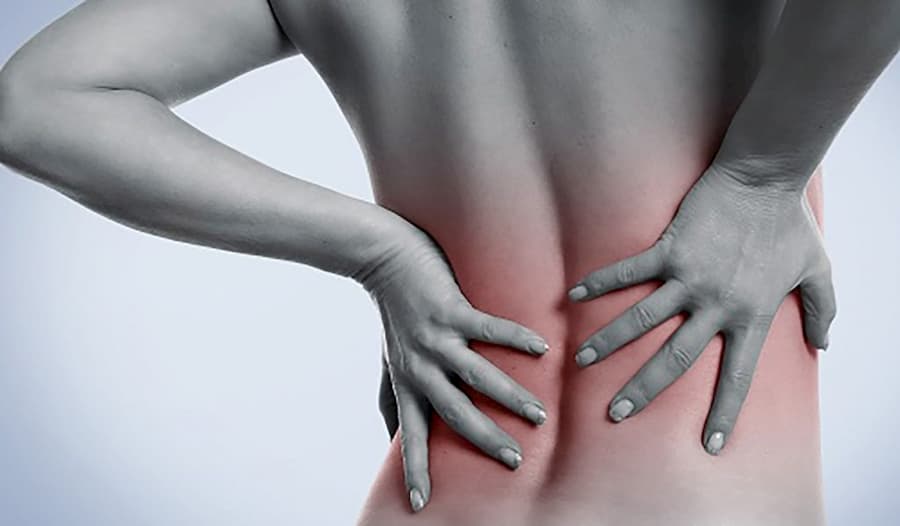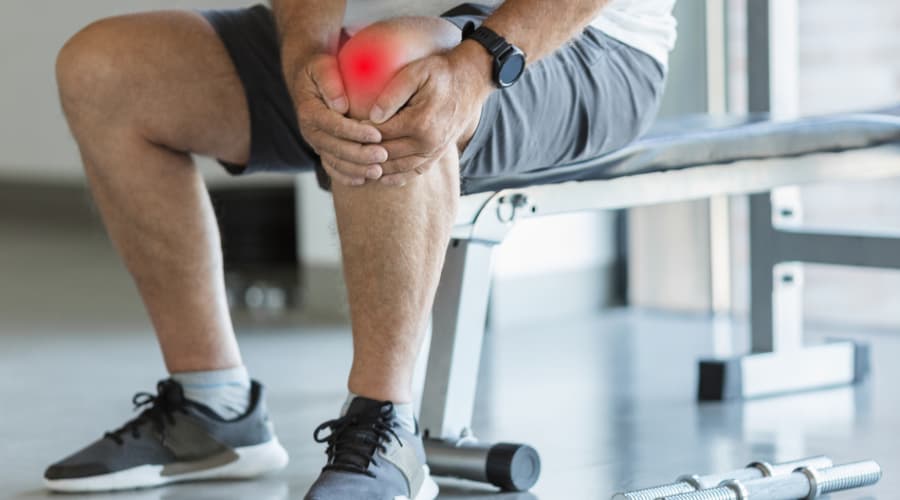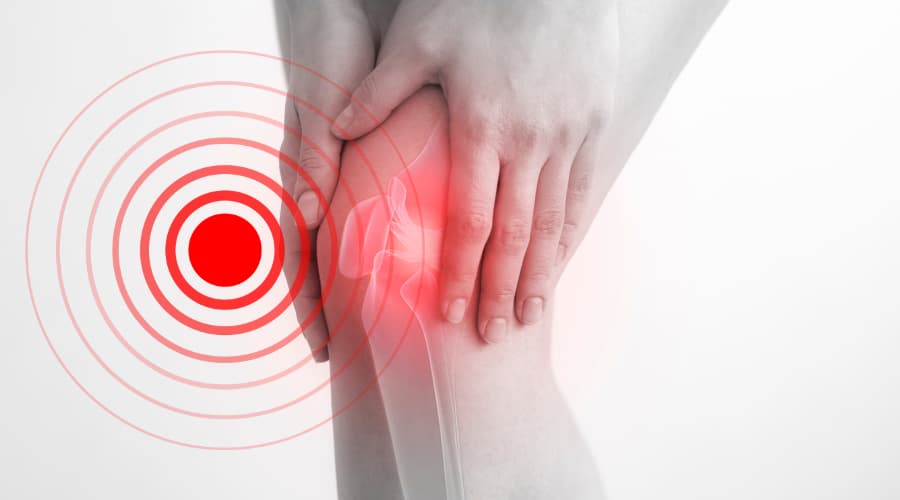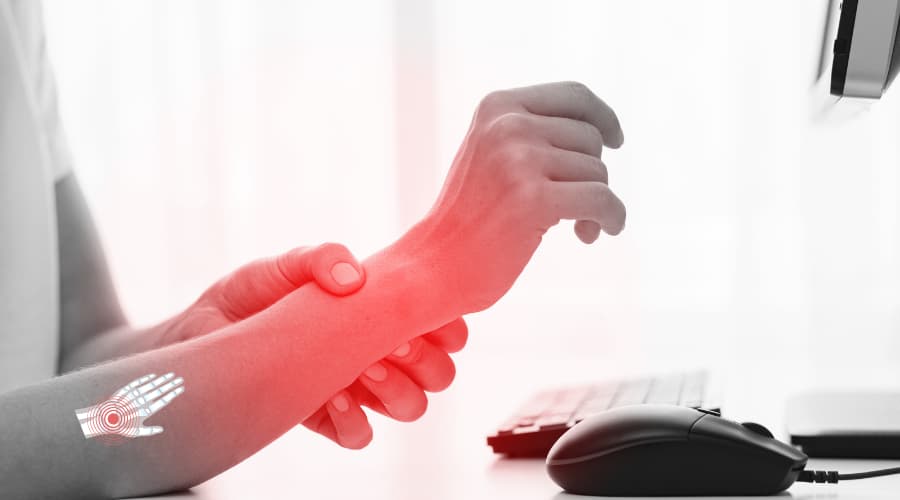Knee osteoarthritis, also known as degenerative joint disease, occurs when cartilage in the joint is lost over time. It can cause pain in and around the knee cap, behind it, and at the joint line between your thigh and calf muscles. Osteoarthritis occurs when the articular cartilage, a protective tissue in your joints that cushions and lubricates the bones, breaks down over time.
The underlying factors that lead to osteoarthritis are not well understood. It is thought to be due to wear and tear, genetics, and other factors. Excessive movement of the knee joint may also contribute to osteoarthritis. It is more common in people who have had both knees replaced, and women are more likely to suffer from it than men. New research indicates a better approach to managing knee osteoarthritis: for many patients, early changes in symptoms are reversible with treatment.
Causes of knee osteoarthritis
- Age is essential in the development of osteoarthritis. It is more common in women than men due to the changes during the reproductive years.
- Menopause has a more significant effect on the knees than on other joints. Osteoarthritis may develop earlier in women who have not had children before menopause or those who have already been through the menopause phase before age 65.
- Smoking is a risk factor for OA of both knees – particularly for those who have smoked for more than 20 years.
- The most common causes of osteoarthritis are obesity, obesity caused by poor diet, and aging.
- Obesity-related OA is thought to occur because your body cannot remove excess fat from your joints and other parts of your body. It may cause swelling.
- Obesity may increase the rate at which cartilage breaks down.
- Joint injury, prior surgery, and prior joint disease increase the risk of osteoarthritis.
- Genetics can cause increased chances of developing OA.
- All-terrain vehicles and horseback riding may cause cartilage injury, leading to osteoarthritis.
- Injuries, trauma to the knee, and surgery may all damage your knee joint structures leading to OA.
- Being overweight can cause stress on your knees, leading to the wearing of the cartilage and OA development.
Knee osteoarthritis diagnosis
Your doctor will usually check if you have knee osteoarthritis by running a hand along the joint line between your thigh and calf muscles. They will then feel along with your kneecap and behind your kneecap for bony lumps. Your doctor will also take x-rays of your knees to see how much cartilage you have left and how well the bones are lined up.
Symptoms of knee osteoarthritis
Pain: The most common symptom is a pain in and around your knee cap. The pain might be worse after being active.
Stiffness: Joint stiffness is also standard. You may notice this first when you are getting out of bed or after a long rest period.
Swelling: Swelling at the joint is common and can be more painful. It is mainly caused by excess fluid build-up in the joint tissue around your kneecap. The build-up of fluids can cause pain, stiffness, and swelling around the kneecap.
Limping or hobbling: Limping is common after a severe knee injury, especially if you put weight on it immediately following significant damage. You will bend your leg to support yourself, which places pressure on the knee cap. It causes you to pull or twist your leg where it hurts on the bones of the lower leg.
Changes in movement: Loss of motion in your knee can be caused by deformity of your joints, arthritis, and wear and tear on the cartilage.
Changes in position: Swelling can also change how you walk, causing you to limp like an older adult. Therefore bending your knee is more complicated.
Restricted knee swelling: When swelling is restricted to one part of the knee, you may not feel pain in the affected area at rest. However, you will be more stiff than usual and may notice a decreased range of motion in that area. Chronic inflammation leads to osteoarthritis, which is the deterioration of joint cartilage often accompanied by pain and stiffness.
Sensation: Your kneecap may feel somewhat different than usual. It may feel lower on one side or higher up than it should.
Muscle strength: Losing muscle strength in your knee can be caused by arthritis, aging, or injury.
Heat, cold: Sometimes, people notice heat or coldness when bending the kneecap while walking. It may also feel different when they are putting weight on it.
Treatment of knee osteoarthritis
Treatment to help relieve pain and stiffness starts by slowing down the progression of osteoarthritis. It involves controlling weight, exercising and using a cane if needed. Keep your weight within a healthy range for your height. Your chiropractor may also recommend exercises to stretch and strengthen muscles around the knee joint.
Treatment of knee osteoarthritis involves joint pain relief. Your chiropractor may recommend rest, ice treatments, cryotherapy, heat treatments, thermotherapy, or medication. If you are overweight or obese, your doctor will recommend losing weight through dieting and exercising.
Medication, hyaluronic injections and surgery can relieve knee osteoarthritis symptoms, but they do not stop cartilage degeneration. Also called knee arthroplasty, total knee replacement involves replacing the damaged joint surfaces with new ones made of metal, plastic, or special alloys. Partial knee replacements replace only the parts of the joint that are damaged. But this type of procedure can wear out after 10 to 20 years. Knee osteoarthritis is a chronic disease, meaning it is not cured, but managed over a lifetime. While symptoms may worsen over time, mild knee osteoarthritis can be monitored and treated by your doctor. Other forms of arthritis are classified as acute diseases, meaning they cause symptoms so rapidly that they must be treated; this is why they are classified as severe in many cases.
Related Articles
- Osteoarthritis Management and Self Care
- What Are Hyaluronic Acid Injections?
- Chiropractic Treatment and Nutrition
- Diet and Nutrition For Arthritis
- Knee Pain FAQs




